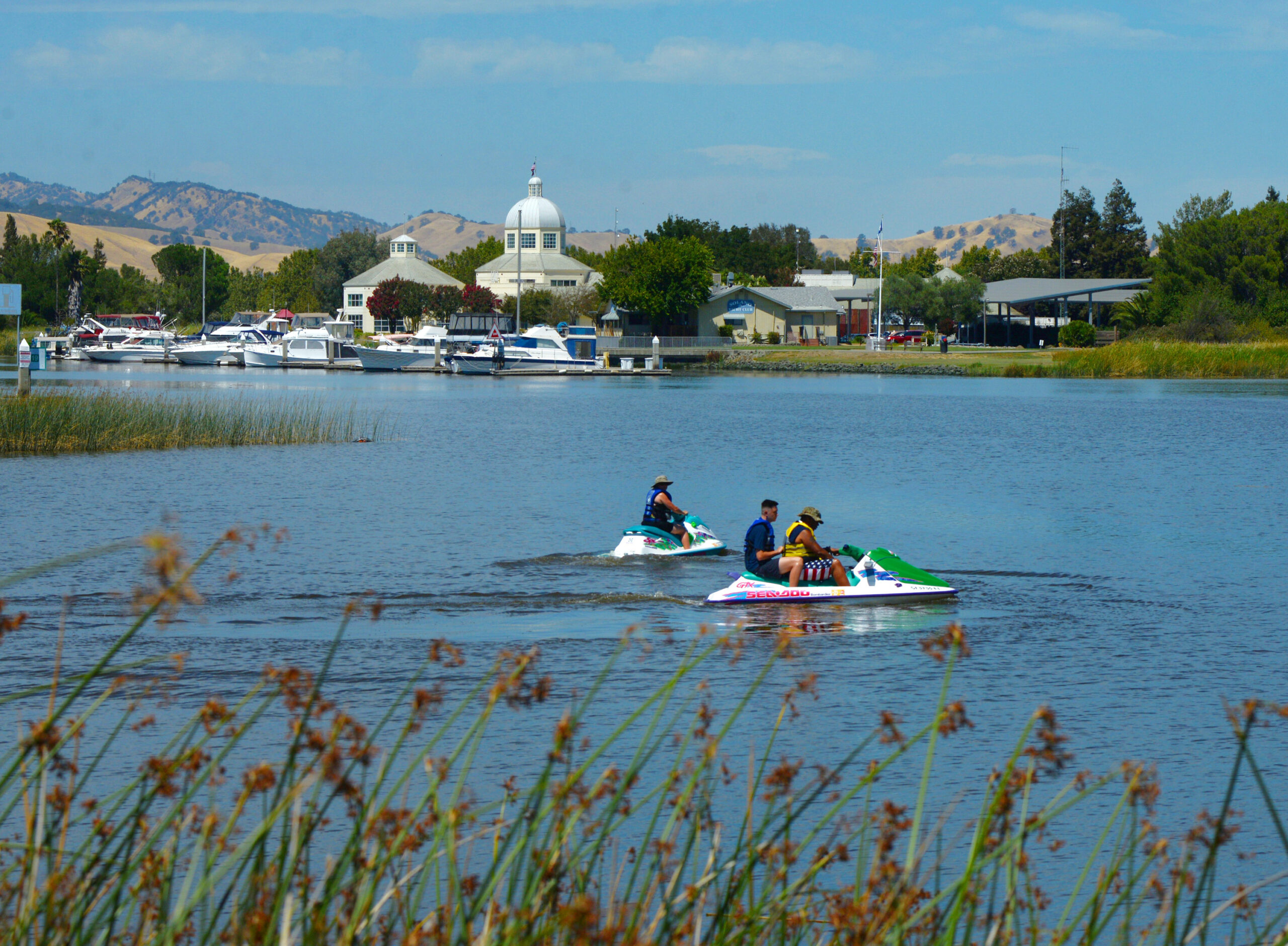FAIRFIELD — Unlike other portions of the country that have four distinct seasons, Solano County is basically considered to just have two seasons.
The region features a Mediterranean climate – with warm, dry summers and mild, rainy winters.
Actual temperatures within Solano County may vary between even very short distances, however, as microclimates come into play – particularly in the summer months.
On hot summer days the temperatures may sizzle in Dixon or Vacaville, influenced by the hotter Central Valley climate – whereas Fairfield, Suisun City, Vallejo and Benicia typically experience cooler weather similar with that of the Bay Area.
Residents on the west side of the coastal hills typically wake up on summer mornings to overcast skies, which sometimes extend as far as Fairfield. They get added relief from the heat later in the day with Delta breezes increasing in the afternoon and evening.
It’s not uncommon for those breezes to develop into strong gusts, making for a chilly evening.
Fairfield and Vacaville, separated by fewer than 10 miles, provide a good example of the difference in microclimates.
While Fairfield and Vacaville each typically experience the highest temperatures of the year in July, those highs vary between the two cities. The average high in Vacaville during the month of July is 95.2 degrees, while the average high for that month in Fairfield is 89 degrees, according to the Western Regional Climate Center.
When it comes to the winter months, meanwhile, the temperatures between the two cities are quite similar. Both cities usually experience their low temperature of the year in January. The average minimum temperature for Fairfield is 37.7 degrees, while the average for Vacaville is 36.9 degrees, Western Regional Climate Center figures indicate.
Vacaville typically leads Fairfield in terms of annual rainfall. Prior to the current drought, the average annual rainfall in Vacaville was 25.43 inches compared to Fairfield’s average of 22.9 inches. The greatest amount of Solano County’s rain falls in the months of December and January, trailing off in February and March, according to the center.






This is all of northern California, not just Solano.